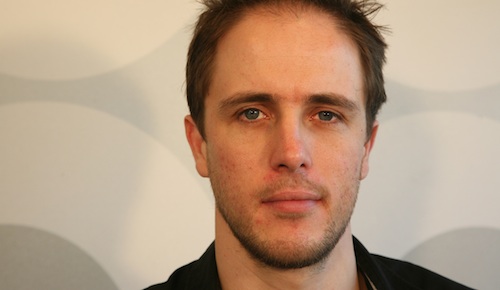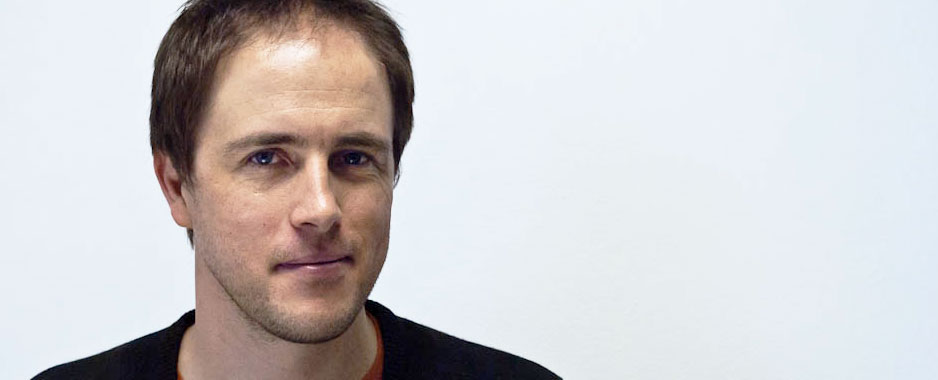
[By Alistair Fairweather]
There was a lot of excitement in the technology press last week when it emerged that, after half a decade of debate and investigation, cabinet had finally chosen a standard for digital terrestrial television. Meanwhile, 99% of television viewers remain oblivious that the change is even coming.
And you can’t blame them, given that the deadline for even starting the three-year roll-out has moved at least three times, from 1 November 2008 to some time in 2011 (at the very earliest). Even if we only begin the roll-out (or “migration” as it’s known) next year, the industry is running out of time for a much-needed education drive.
For instance, how many South Africans realise they will need to buy a set-top box (similar to an M-Net decoder) within the next three years in order to continue watching free-to-air TV channels (such as the the SABC and e.tv) on their current TV?
And how many of us understand the difference between digital terrestrial television, digital satellite television (such as DStv and TopTV) and high-definition (HD) television? In my experience these things tend to get mushed together in the public consciousness.
It’s not just the general public either. If you go into a electronics store right now and ask for a “digital broadcast ready” television, the sales staff will probably try to sell you a fancy new flat-screen, HD set. But while some of those sets can receive our new digital terrestrial signal, it’s by no means guaranteed.
All that digital broadcasting does is change the type of signal broadcast to your television set, from analogue to digital. Because the huge majority of TVs are analogue-only, they need an interpreter to understand this new signal, hence the need for set-top boxes. Digital doesn’t mean HD, and neither does it mean you need a satellite dish or a DStv subscription.
Even if this misunderstanding was completely eliminated, there’s still the issue of how we’re going to upgrade the approximately 6m households with at least one TV set within just three years. I was worried back in 2008 that the deadline set then (November 2011) was unrealistic, and I’m still worried.
Once the migration begins, broadcasters are compelled by law to switch off the current (analogue) channels within the allotted deadline. And because there will be three years of “dual illumination” (that is, they will broadcast on both sets of channels), many people will end up waiting until the last minute — either out of ignorance or unwillingness.
There’s no doubt that this change is both good and necessary. Digital broadcasting is both more efficient and of a better quality. It will let us broadcast more channels to more people at a lower cost.
At the same time it will free up our spectrum for all kinds of new applications, such as next-generation wireless Internet. The 700MHz frequency, with its long range, high fidelity and ability to penetrate walls is the jewel in the mobile broadband crown.
And while cabinet may have taken their time, they have chosen the best possible technology for the move — the European DVB-T2 standard. The wide adoption and openness of the standard should keep both costs and technical hitches down.
But the choice is actually the easiest part. The migration is going to be bumpy, and is very likely to be delayed even further. Until then, steer clear of sales staff at electronics stores.
- Subscribe to our free daily newsletter
- Follow us on Twitter or on Facebook
- Alistair Fairweather is digital platforms manager at the Mail & Guardian
- Visit the Mail & Guardian Online, the smart news source




